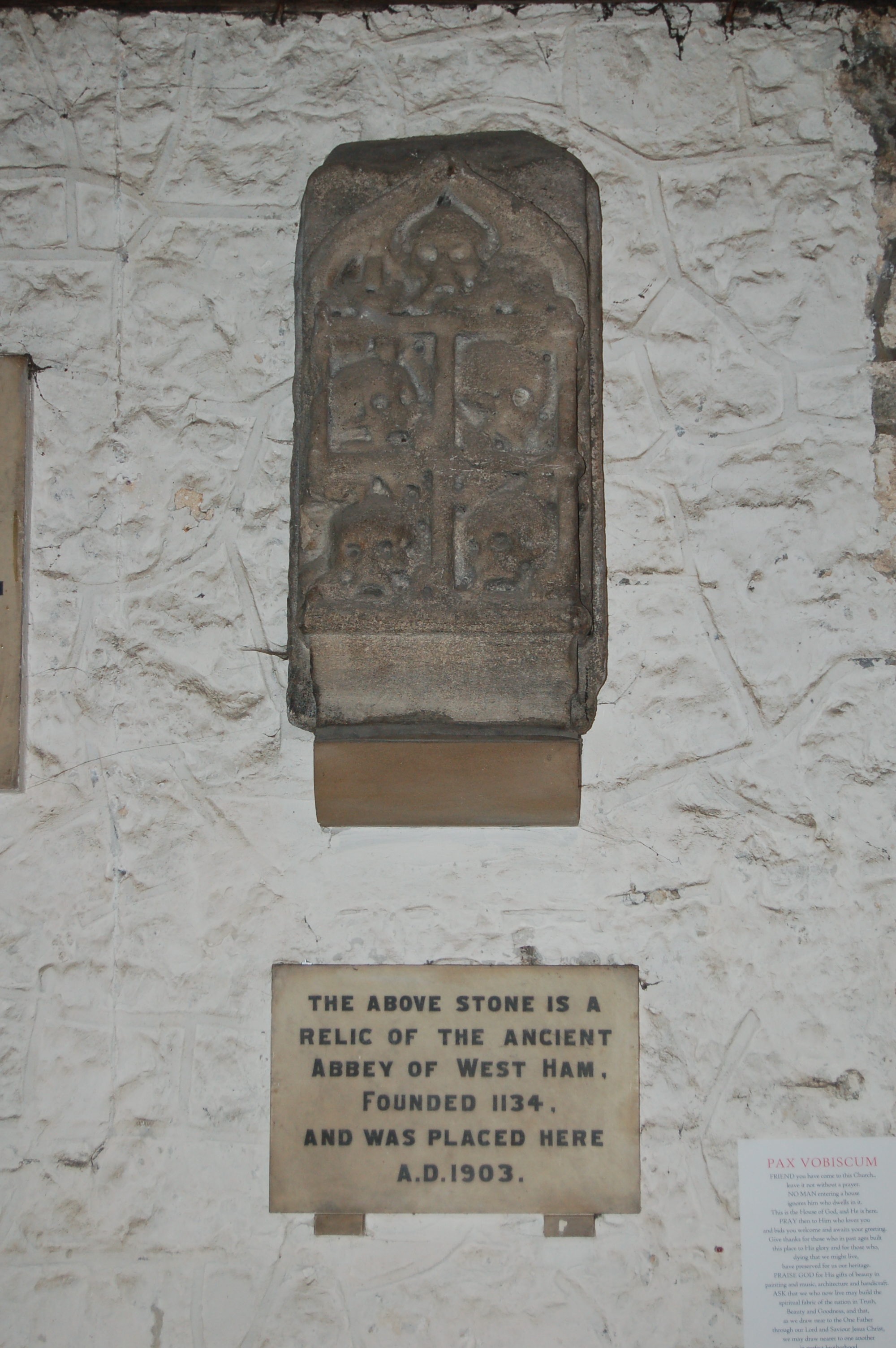All Saints' Parish Church, West Ham on:
[Wikipedia]
[Google]
[Amazon]
All Saints Church is a parish church in West Ham, an area in east London. It has been a Grade I listed building since 1984.
 In the medieval era the church's parish included all of West Ham, with the one exception of the 24 acres within Stratford Langthorne Abbey's precincts, which formed a separate parish of St Mary and All Saints until the abbey was dissolved, that parish's church was destroyed and the parish itself merged into All Saints.
There has been a building on the site since at least the late 12th century - the three blocked
In the medieval era the church's parish included all of West Ham, with the one exception of the 24 acres within Stratford Langthorne Abbey's precincts, which formed a separate parish of St Mary and All Saints until the abbey was dissolved, that parish's church was destroyed and the parish itself merged into All Saints.
There has been a building on the site since at least the late 12th century - the three blocked
History
Medieval and Tudor
 In the medieval era the church's parish included all of West Ham, with the one exception of the 24 acres within Stratford Langthorne Abbey's precincts, which formed a separate parish of St Mary and All Saints until the abbey was dissolved, that parish's church was destroyed and the parish itself merged into All Saints.
There has been a building on the site since at least the late 12th century - the three blocked
In the medieval era the church's parish included all of West Ham, with the one exception of the 24 acres within Stratford Langthorne Abbey's precincts, which formed a separate parish of St Mary and All Saints until the abbey was dissolved, that parish's church was destroyed and the parish itself merged into All Saints.
There has been a building on the site since at least the late 12th century - the three blocked clerestory
In architecture, a clerestory ( ; , also clearstory, clearstorey, or overstorey) is a high section of wall that contains windows above eye level. Its purpose is to admit light, fresh air, or both.
Historically, ''clerestory'' denoted an upper l ...
windows on either side of the present building's nave date to that time. One of the founding endowments for the Abbey was land that had belonged to "Ranulph the priest", implying the existence of a parish church. The first concrete reference is a charter of 1181-82 by Henry II of England which confirmed the church of West Ham to the abbey. Gilbert Foliot, bishop of London also assigned a vicar to the parish church around the same time. The building contains a relief and possibly the remains of a font from the Abbey.
The nave was largely rebuilt halfway through the 13th century, adding five-bay arcades on the north and south sides. Its crossing was demolished around 1400 to add two bays to the nave's east end - the chancel arch was rebuilt and the west tower added at the same time. The abbey acquired the parish by 1334 and held onto it until the crown took it over after the Dissolution. A north chapel was added in mid 15th century, closely followed by a south chapel. Many of the windows in the north aisle seem to date to the late 15th century, implying another rebuilding in that area at that time, whilst wall paintings found in the nave during 19th century restorations probably also date to the 15th century. Around 1547 the churchwardens sold some of the church's communion plate and a property in Stratford to fund a rebuilding of the north chapel in brick, without the parish' permission - this included a turret for a stairwell into a